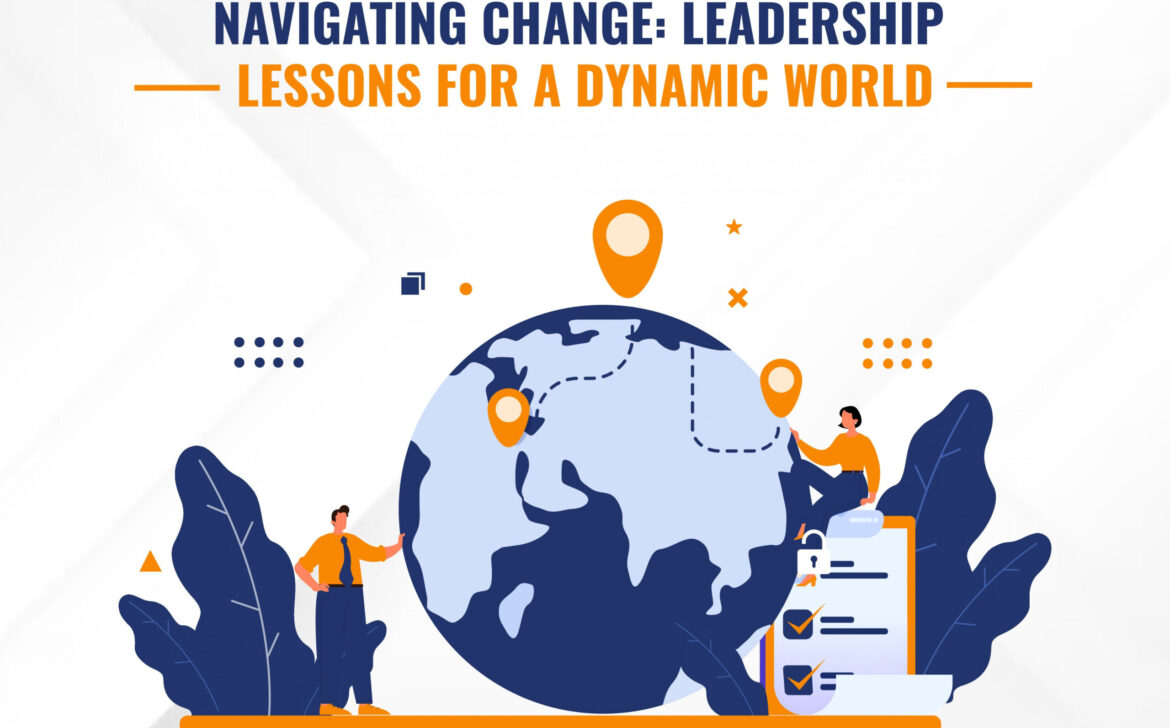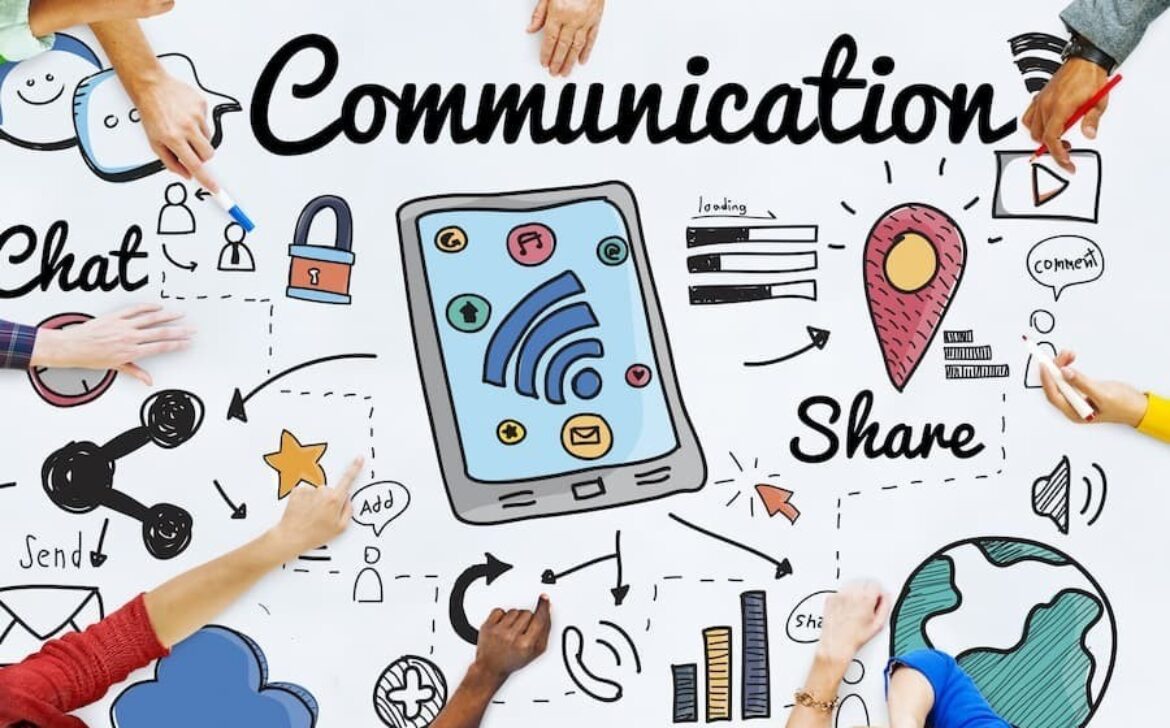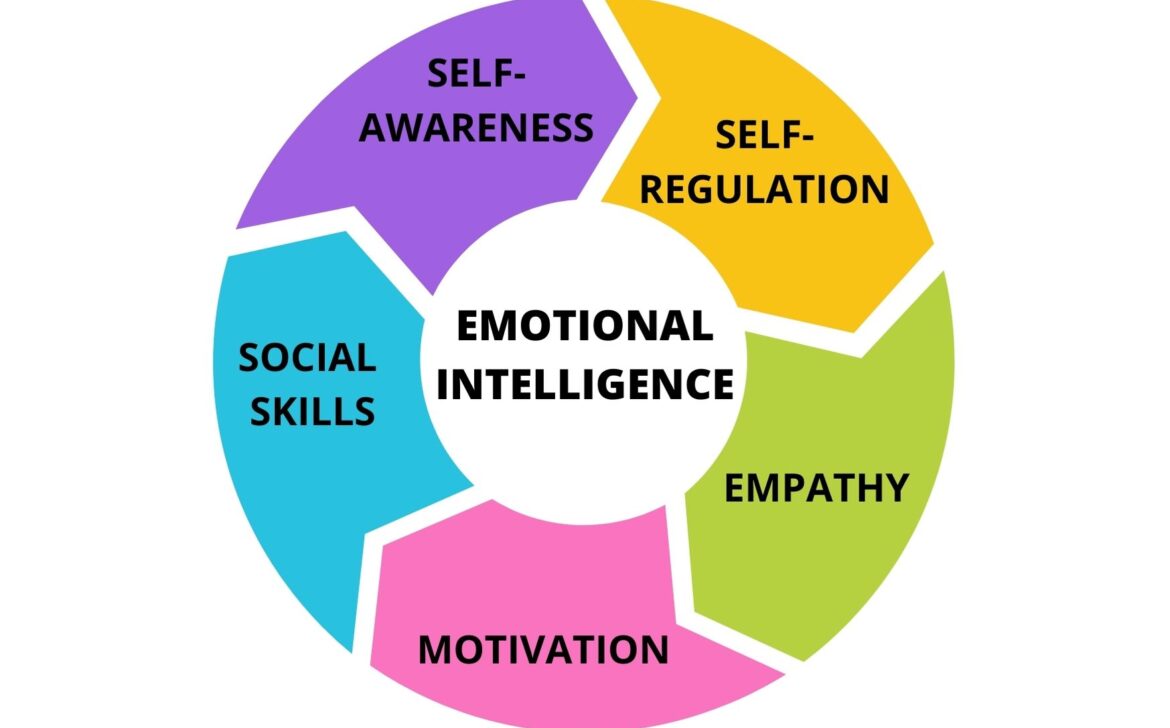Navigating Leadership and Organizational Culture in a Changing World
Introduction
In today’s fast-paced business environment, marked by technological advancements, evolving consumer expectations, and global interconnectedness, effective leadership and a robust organizational culture are crucial for long-term success. The synergy between these two elements not only shapes an organization’s internal dynamics but also its external reputation and overall performance. As organizations face challenges such as digital transformation, workforce diversification, and intensified competition, leaders must guide their teams while cultivating a culture that encourages innovation, inclusivity, and resilience.
The Role of Leadership in Shaping Organizational Culture
Leadership is the cornerstone that supports the structure of an organization. It sets the strategic direction, establishes priorities, and personifies the organization’s ethos. Leaders are not mere figureheads; they are the architects of culture, influencing how values are manifested in daily operations and how the organization’s vision is pursued.
Key Traits of Effective Leaders
- Visionary Thinking: Visionary leaders can foresee future trends and navigate their organizations accordingly. They inspire their teams with a compelling vision that aligns with the organization’s long-term goals. This forward-thinking approach is vital in industries undergoing rapid change, such as technology and finance.
- Emotional Intelligence: Leaders with high emotional intelligence (EQ) understand and manage their emotions and those of others. This skill is essential for navigating the complexities of human interactions in the workplace, from managing team dynamics to resolving conflicts. Leaders with strong EQ create a supportive environment where employees feel valued and understood.
- Adaptability and Agility: The ability to adapt to changing circumstances is a hallmark of effective leadership. In today’s fast-paced world, leaders must be agile, willing to pivot strategies, and make quick decisions. This adaptability not only helps organizations stay competitive but also fosters a culture of continuous learning and improvement.
- Integrity and Ethical Leadership: Integrity is the foundation of trust in any organization. Leaders who demonstrate ethical behavior set a standard for the entire organization. This includes transparency in decision-making, accountability, and a commitment to ethical business practices. An ethical leader cultivates a culture of honesty and trust, which is critical for long-term success.
- Empowerment and Delegation: Empowering employees by delegating responsibilities boosts their confidence and fosters a sense of ownership and accountability. Effective leaders trust their teams and provide them with the autonomy to make decisions, leading to increased innovation and efficiency.
Building a Positive Organizational Culture
Organizational culture is the collective personality of an organization. It encompasses the shared values, beliefs, and behaviors that define how work is done and how people interact. A positive culture attracts and retains talent, boosts employee engagement, and enhances overall performance.
Defining Core Values and Mission
An organization’s core values and mission statement are its guiding principles. They provide a sense of purpose and direction, helping employees understand what the organization stands for and what it aims to achieve. Leaders must clearly communicate these values and ensure they are reflected in every aspect of the organization’s operations, from hiring practices to performance evaluations.
- Mission Statement: A well-defined mission statement articulates the organization’s purpose and goals. It serves as a North Star, guiding strategic decisions and aligning the efforts of all employees towards a common objective.
- Core Values: Core values define the ethical and cultural framework of an organization. They influence behavior and decision-making at all levels. For example, a value like “customer-centricity” emphasizes the importance of prioritizing customer needs and experiences.
Fostering Open Communication
Open communication is a cornerstone of a positive organizational culture. It involves creating an environment where employees feel safe to express their ideas, concerns, and feedback. This transparency builds trust and fosters a sense of belonging.
- Channels for Communication: Organizations can implement various channels for communication, including regular team meetings, town hall sessions, and anonymous feedback platforms. These channels ensure that communication flows freely across all levels of the organization.
- Active Listening: Leaders should practice active listening, showing empathy and understanding towards their employees’ perspectives. This helps in addressing issues promptly and demonstrates that leaders value their employees’ input.
Promoting Diversity, Equity, and Inclusion (DEI)
A diverse and inclusive workplace brings together individuals with varied backgrounds, experiences, and perspectives. This diversity fosters innovation and creativity, as different viewpoints lead to new ideas and solutions.
- Diversity Initiatives: Organizations should implement initiatives to promote diversity, such as diverse hiring practices, diversity training programs, and creating employee resource groups. These initiatives help in building a workforce that reflects broader society.
- Equity and Inclusion: Beyond diversity, equity and inclusion are critical for ensuring that all employees have equal opportunities and feel respected and valued. This includes addressing biases, providing equitable compensation, and creating policies that support work-life balance.
Recognizing and Rewarding Success
Recognition and rewards are powerful motivators. They reinforce positive behaviors and achievements, encouraging employees to strive for excellence.
- Recognition Programs: Implementing formal recognition programs, such as Employee of the Month or peer-nominated awards, can highlight individual and team accomplishments. Informal recognition, such as a simple thank-you note or public acknowledgment, also plays a vital role in boosting morale.
- Performance-Based Rewards: Aligning rewards with performance ensures that employees are incentivized to achieve organizational goals. This can include bonuses, promotions, or other benefits tied to individual and team performance.
Navigating Challenges in Organizational Culture
Building and sustaining a strong organizational culture is an ongoing process that requires constant attention and adjustment. Leaders must be proactive in identifying and addressing challenges that may arise.
Managing Resistance to Change
Change is often met with resistance, particularly if it disrupts established routines or threatens job security. Leaders must communicate the reasons for change clearly and involve employees in the change process.
- Change Management Strategies: Effective change management involves preparing employees for change, providing training and resources, and offering support throughout the transition. This helps in minimizing resistance and ensuring a smoother implementation of new initiatives.
- Communicating the Vision: Leaders should articulate a clear vision for the future and how the changes align with this vision. This helps employees understand the bigger picture and the benefits of the change.
Aligning Culture with Strategy
An organization’s culture must support its strategic objectives. Misalignment can lead to confusion, lack of direction, and inefficiencies.
- Cultural Audits: Regular cultural audits can help organizations assess whether their culture aligns with their strategic goals. This involves evaluating employee behaviors, attitudes, and the overall work environment.
- Adjusting Culture: If misalignment is identified, leaders may need to take steps to adjust the culture. This can include redefining core values, revising policies, or implementing new cultural initiatives.
Resolving Conflicts and Addressing Negative Behaviors
Conflicts and negative behaviors can undermine a positive organizational culture. Leaders must address these issues promptly and constructively.
- Conflict Resolution Mechanisms: Establishing clear conflict resolution mechanisms, such as mediation or HR intervention, can help in resolving disputes fairly and efficiently.
- Addressing Toxic Behaviors: Leaders must not tolerate toxic behaviors that can harm the organizational culture. This includes addressing issues like bullying, harassment, or unethical conduct.
The Evolving Landscape of Organizational Culture
As the world continues to change, so too must organizational cultures. Emerging trends such as remote work, digital transformation, and the increasing focus on mental health and well-being are reshaping how organizations operate and interact with their employees.
Remote Work and Digital Transformation
The COVID-19 pandemic accelerated the adoption of remote work and digital technologies. While remote work offers flexibility and cost savings, it also presents challenges in maintaining a cohesive culture.
- Maintaining Connection: Organizations must find ways to maintain connection and engagement among remote employees. This can include virtual team-building activities, regular check-ins, and leveraging digital collaboration tools.
- Digital Tools and Platforms: The use of digital tools and platforms can enhance communication and collaboration. However, organizations must ensure that these tools are used effectively and that employees are trained to use them.
Focus on Mental Health and Well-Being
Mental health and well-being have become increasingly important in the workplace. Organizations must prioritize employee well-being to foster a positive culture and prevent burnout.
- Wellness Programs: Implementing wellness programs that focus on physical, mental, and emotional health can support employee well-being. This can include access to mental health resources, wellness challenges, and flexible work arrangements.
- Work-Life Balance: Promoting work-life balance is crucial for employee satisfaction and productivity. Organizations should encourage employees to take breaks, set boundaries, and disconnect from work outside of office hours.
Conclusion
Effective leadership and a strong organizational culture are fundamental to an organization’s success in an ever-changing world. Leaders must embody the organization’s values, foster open communication, promote diversity and inclusion, and recognize and reward achievements. They must also be adaptable, managing change effectively and aligning culture with strategic objectives. As new challenges and opportunities emerge, organizations must continuously evolve their cultures to remain competitive and thrive.
By prioritizing leadership development and nurturing a positive organizational culture, organizations can create an environment where employees are motivated, engaged, and aligned with the organization’s mission. This, in turn, drives innovation, enhances performance, and ensures long-term success.
Internal Links:
Outbound Links:



